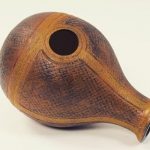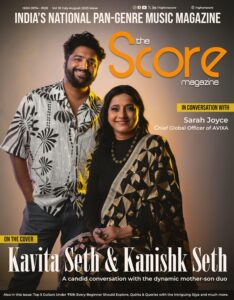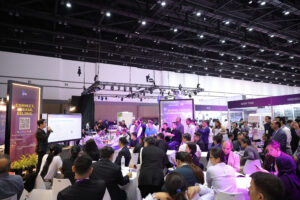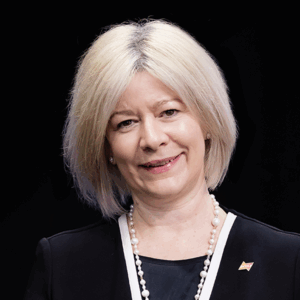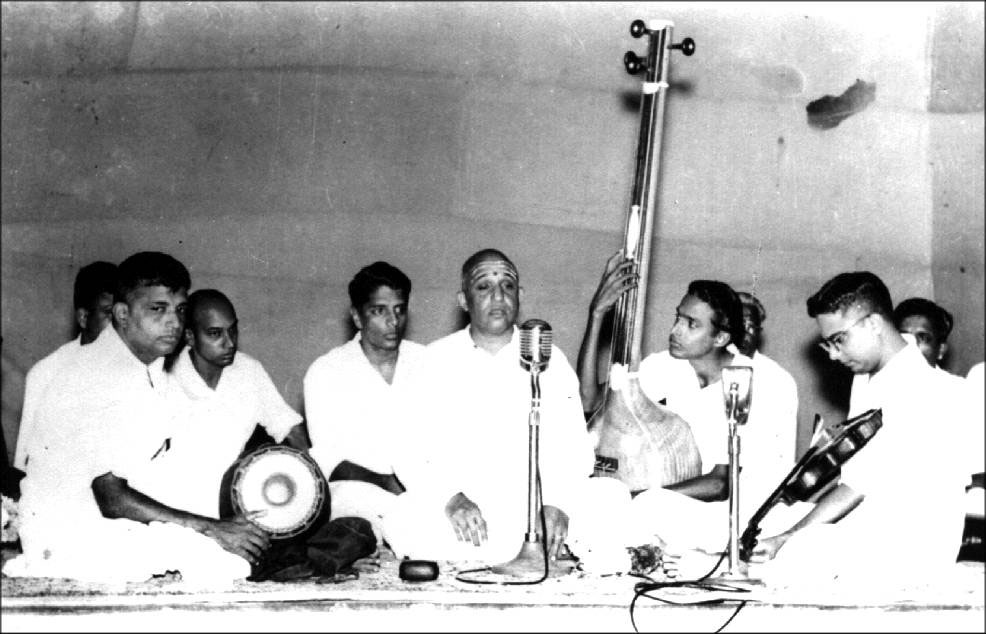Evolution is a natural process that spans across not only species, but language and culture as well. Anthropology, that studies evolution, delves into far more than how A ultimately finds it’s way to Z. It studies environmental and sociological impressions made over time proving to be contributing factors in the evolutionary process. In the Anthropology of language and culture, one studies the various dynamics at play over the course of history that has shaped the current methodologies and practices today.
Carnatic Music traces back over a millennia and has evolved from Music that was part of daily life of the ancient Dravidians. Cilappadikaram, one of the greatest Tamil literary works recorded, contains a treasure trove of information on the ancient Music and Dance traditions of Dravidian Culture. Dating back to the first few centuries, the epic cites some of the first traces of the concept of raga scales and even ascribes moods to each raga. In Hindustani music, this concept is widely applied, as there are specific ragas that are sung at certain times during the day and seasons. Musical compositions from this era generally depicted more of the environment, festivities, and major life events of the people of that time period. There were also many specifications pertaining to a musician’s qualifications and their use of musical instruments. For example, certain wind and percussive instruments were used for a specific event like a battle, victory, or entertainment.
Early Dravidian musical compositions covered a variety of subjects such as God, Kings, nature, and more. Love songs like ‘Agam’ and other songs described heroic deeds of war (Puram). However, from the 5th century on composers began to focus on the Bhakthi tradition which propagated worship and devotion through music. Saivite and Vaishnavite saints contributed massively from this period onward towards propagating Saivism and Vaishnavism in what was then a heavy Buddhist/Jain influenced period. Works such as Tevarams, Tiruvambaavai, Tiruppugazh and Tiruppaavai were conceived during this time period and are widely performed by musicians today.
In the last few centuries, history has given rise to many great composers. The three most prolific ones of today, otherwise known as the Trinity of Carnatic Music, have had a great influence on the format of concerts today. Thyaagaraja, Mudduswamy Dikshitar, Syaama Sastri, all contemporaries (late 18th century-early 19th century), taught many dedicated students within that time, who passed on their respective guru’s compositions via oral tradition; more notable composers of other regions, both pre and post trinity, passed on their works as well, by means of either oral tradition or documentation. Maharaja Swathi Thirunal of Travancore, who lived in a time almost a century after the trinity, is the most recognized composer of Carnatic Music from Kerala. From Karnataka, Purandara Dasar is the most celebrated composer of this region. In Tamil Nadu, the Tamil Trinity (Muttutandavar, Marimutta Pillai, and Arunachala Kavirayar) as well several contemporary composers such as Papanasam Sivan and Periyasami Tooran, to name a few have had their compositions immortalized and initiated as a staple concert item in circuits.
The Southern Indian region, home to many artists of all ages and caliber, serves as a haven for Carnatic Music. Festivals on different deities, composers, and musical concepts give artists ample opportunities to expand their repertoire by reviving forgotten classics or unearthing rare pieces of the past. There is also an unspoken requirement of presenting compositions of the Trinity and specific types of ragas in order for a musician’s concert list to be deemed complete. Furthermore, depending on the region in which a musician performs, there are expectations to present compositions by composers of that specific region. One might even say that a Carnatic artist of today finds him/herself having to consider his/her audience’s preferences prior to performance. Though not always the case, many instances show prominent musicians performing specific items that they are either well known for or are guaranteed to be received well by the masses.
Providing variations in compositional structure, beat, and tempo molded the modern day concert format further. One of the Doyens of Carnatic Music, Sri Ariyakudi Ramanuja Iyengar, was the architect of this modern concert format. During his time (early to late 20th century), it was common for concerts to go on for several hours. However, in today’s fast paced world, the duration of concerts has decreased considerably while the number of performing artists has increased substantially. Even so, the guidelines set by Ramanuja Iyenger are prevalent in these ‘mini concerts’. The format also assigns structure to the concert stage by assigning roles of each artist on stage. The focus being the Vocalist/main instrumentalist while the accompaniment to the main artist is violin, mridangam, and if desired a kanjira/morsing/ghatam to accompany the Mridangam. The role of the violinist according to Ramanuja Iyengar is to follow the main artist in rendering compositions and his/her improvisations and all accompaniments come into play during the rendering of a song. Good rapport between the violinist and vocalist is essential. Both should engage in healthy exchange of ideas. When the vocalist sings a raga for a certain length, the violinist should take care to keep his/her playing to the same length. The violinist should also be skilled in accompanying different styles of singing. The violinist may exhibit his virtuosity during solo concerts but, when accompanying, should merge with the vocalist’s style and underplay his individuality. The percussionist gets to have a solo after a main piece (generally a large song followed by extensive improvisation) and even after a pallavi (larger than the main piece consisting of a string of meaningful words set to an intricate beat cycle) if he/she wishes.
With over a thousand organizations throughout India and across the world dedicated to promoting Carnatic Music, many artists and their audiences have come to accept and even embrace the kucheri paddhati. There are of course a few choice artists who possess a unique approach to the art form while still adhering to the format to a major extent. As takers of Carnatic Music increase in number, audiences accumulate and grow eager for something different and extraordinary. Pushing boundaries and experimentation in the traditional arts through fusion is a recurring theme in today’s scene. The next stage in evolution of South Indian Classical Music perhaps, lies in the untapped potential of such endeavors.

